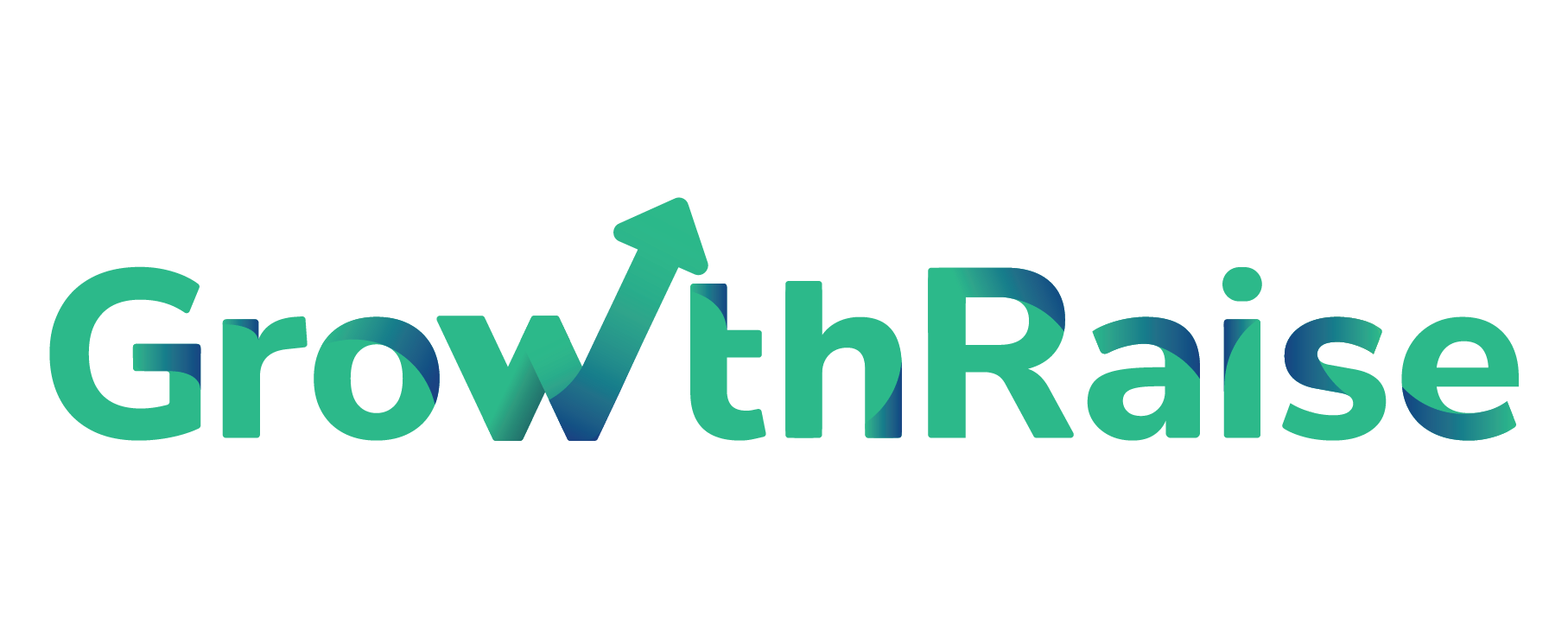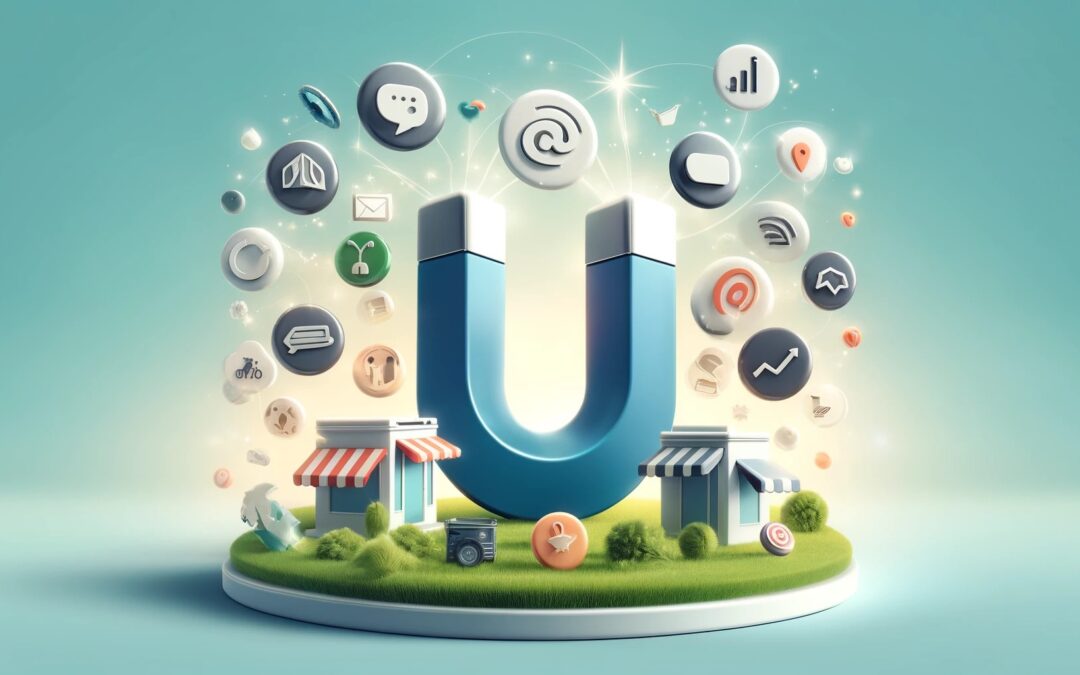6 Advantages of Inbound Marketing
for Small Businesses
Think back to a time when you got an email from an unknown sender with an unwanted offer for a service or a product. How fast did you delete it?
Now think about a time when you got an email featuring a topic that interests you or with a special discount for you. How about a time when you had a specific problem and you found a blog post with possible solutions?
Chances are, it caught your attention. Even if you didn’t make a purchase that time, that brand surely was now on your radar.
This is why inbound marketing is key for businesses today. The digital world has rapidly changed the way people find and buy products and services. Instead of looking for customers, you need to find a way to bring them to you. And how you present yourself is crucial for your success.
Curious to explore how to make that happen? Keep reading and learn what inbound marketing is, how it differs from traditional outbound marketing and what the specific advantages of inbound marketing are.

Why “Set and Forget” Outbound Marketing Doesn’t Work Anymore
Traditional or outbound marketing is a proactive approach where businesses reach out to potential customers to get them interested in a product or service. With outbound strategies, the company initiates the conversation and pushes a message out to people, rather than waiting for their customers to come to them.
Common examples of outbound marketing methods include cold calling and emailing, billboards, and advertising through TV, radio, print, and online or through in-person contact.
Outbound methods are the traditional ones for a reason. In theory, such tactics can help you reach a large audience, generating leads and sales quite quickly. Outbound methods can also help with brand awareness by using them consistently.
However, traditional advertising methods are no longer as effective as they once were and there are some significant downsides to it. For example, tactics like cold calls and unsolicited emails are often seen as invasive or annoying which in turn means low engagement from prospects. Outbound marketing is also significantly more expensive than other methods and most of the time yields only short-term results.

What Makes The Inbound Marketing Mindset Different?
When it comes to marketing and sales, numbers don’t lie. A whopping 98% of US customers ignore paid advertisements. Meanwhile over 57% of people go online to find specific information. Such statistics are one of the reasons why inbound marketing’s popularity is on the rise and more and more businesses turn to it to grow. But what exactly is inbound marketing?
Inbound marketing is a marketing “pull strategy” focused on attracting individuals who are actively seeking a solution to a problem. It prioritizes creating useful content and experiences that resonate with a specific target audience and it differs significantly from traditional marketing methods.
From Interruptions to Invitations
Outbound marketing pushes a message to a wide audience, whether the recipients want it or not. Inbound strategies on the other hand focus on finding ways to invite your target audience to you through useful and relevant content. In turn, customers come to your business for value, not because of forced exposure.
Leading with Value, Not the Hard Sell
As we said, value is crucial in inbound marketing. The focus is on educating and informing, rather than aimlessly pushing immediate sales. By addressing pain points and creating content that solves problems, inbound marketing ensures you build trust and authority.
Now that we know what exactly inbound marketing is and how it differs from outbound methods, how to know whether an inbound strategy is the right thing for your business?

Unpacking the Advantages of Inbound Marketing
Outbound and inbound marketing are the two sides of the coin in many aspects. However, the current digitalization of the world makes inbound marketing strategies much more relevant. Let’s take a look at the top 6 advantages of inbound marketing for your business.
Attracting Quality Leads
One of the advantages of inbound marketing is that it targets and attracts people already searching for solutions to the problems your products and services solve. Instead of shooting in the dark and aimlessly pushing out an offer, it prioritizes relevant, interested customers. In turn, you bring in leads who are more likely to convert because they found you on their own terms.
One common example is using targeted blog posts with long-tail keywords (a phrase that is generally made from three to five words) to capture potential customers searching for specific services.
Higher ROI Compared to Traditional Marketing
Let’s say a local restaurant wants to bring in more customers. One way to do so is with traditional marketing techniques, such as expensive billboards or print ads. With inbound marketing, they can use social media and content marketing to reach new people and existing people. The second option would definitely cost less and bring higher return on the investment (ROI).
Inbound marketing methods tend to cost less because you are using digital channels, and the content works for you in the long term with no ongoing costs. The organic traffic from SEO and content marketing is more cost-effective, and as your content builds momentum, it will continue to attract new customers, providing ongoing returns without the need for the same level of reinvestment as traditional marketing.
Building Long-Term Relationships
Satisfied customers are a company’s best advocates, and this is another hallmark of inbound marketing. The aim is to create meaningful relationships by encouraging engagement, rather than just transactions. Inbound marketing allows you to build trust through helpful content and personalized experiences which will help you turn leads into customers. Proving consistent value will keep your customers engaged and coming back.
For example, a SaaS company could regularly send helpful newsletters with product tips and updates to retain existing customers. Remember, long-term loyalty is more powerful and more profitable than one-time sales.
Sustainable Growth
A paid video ad will bring customers only while the campaign lasts. A video tutorial series on your website or on your YouTube channel will continue to drive traffic and leads long after the initial publication.
Another one of the advantages of inbound marketing is that it focuses on long-term strategies instead of short-term campaigns. By creating content like blogs, guides, and videos you can keep bringing in leads over time. Additionally, strategies like SEO and email marketing can scale without needing more budget.
Personalization and Customer Targeting
Inbound marketing has another significant advantage — it uses much more data, such as demographics, customer behavior, and preferences, etc. This volume of data enables much more personalized content which is the backbone of inbound marketing strategies.
Tailored content and messages that speak directly to what customers need perform significantly better than general ones. It also leads to better customer satisfaction and higher conversion rates.
For example, the inbound tactic of a travel agency could be using personalized landing pages based on users’ geographic locations and previous searches.
Measurable Results
With inbound marketing, every interaction can be measured, from website visits to conversions. This trackable data and tools like Google Analytics makes it easy to see what’s working and what isn’t. Making data-driven decisions to optimize campaigns in real time ensures the success of your marketing strategy. It also helps allocate budget to strategies with the highest ROI based on clear performance metrics.

Convinced Of The Advantages Of Inbound Marketing?
Now that we have gone over the advantages of inbound marketing, how does it fit into your business?
In order to get the most out of your inbound marketing efforts, you need to develop a reliable marketing strategy and adjust it accordingly every now and then. By utilizing the right marketing tools you can make sure your strategy is working and you are benefiting from all the advantages of inbound marketing as much as possible.
However, although inbound marketing offers significant advantages in contrast to traditional marketing methods, it does come with some challenges. Crafting and implementing the right inbound marketing strategy is a long process and it requires a lot of research and adjustments at the beginning. There’s also much to consider. Who is your target audience? How do you want to reach them? What value can you offer them?
Getting started with your marketing strategy may seem daunting at the beginning if you are not sure where to start. However, our team of experienced inbound marketing consultants can help you get started or optimize your strategy.
Just drop us a line and we’ll find a simple solution to any complex marketing problem you’re having.

